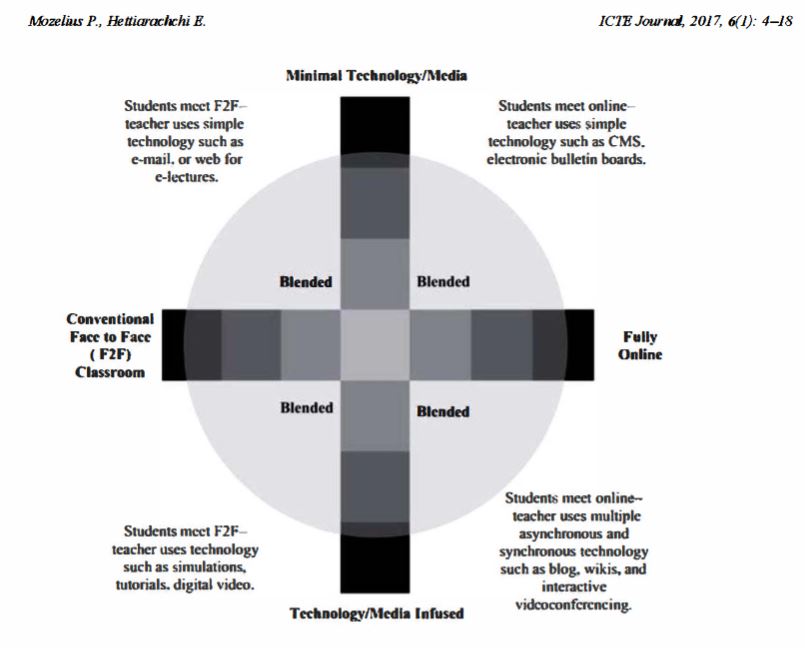the HyFlex model for the fall… reflects a rift between administrators and professors, who are raising alarms over the health risks of teaching in person, and about the logistical, technical, and pedagogical complications of the model itself. Search HyFlex on Facebook and Twitter and you’ll come across comments like this one: “Whoever the hell thought of this is a bean counter, not an educator, and an idiot.”
Teaching experts and others familiar with hybrid teaching say that HyFlex can work, but it requires effective technology, careful planning, instructional support, and creative course design.
“If HyFlex is part of the plan, it has to be done with will faculty participation,” says Brian Beatty, an associate professor of instructional technologies at San Francisco State, who created the model. “Otherwise, if it’s top down and the administration is saying, We’re doing this, then the faculty are saying, But why are we doing this?”
Much of what bothers professors about the push for HyFlex is that so many details about its mechanics remain ill defined. And assumptions about its value seem rooted in a particular idea of teaching, one where the professor stands at the front of a classroom and lectures.
“We are the ones holding the bag if this does not work, or if it’s chaos,” says Michelle Miller, a psychology professor at Northern Arizona University and author of Minds Online: Teaching Effectively With Technology.
Miller is a fan of the original HyFlex model from San Francisco State, but says that colleges need to be mindful that the conditions under which it’s now being adapted — quickly, at scale, and without giving students much choice — will limit its effectiveness.
To work effectively, she says, hybrid teaching requires a lot of support, such as having teaching assistants help manage the complexities of working simultaneously with two different audiences. Otherwise it risks becoming a “lecture-centric, passive consumption view of learning.” That goes against years of hard work faculty members have been doing to make their classrooms more inclusive, active, and engaged.
To help think through pedagogical challenges, faculty groups are testing out teaching strategies, some departments meet weekly to discuss course design, and a student-leadership team is providing feedback and creating online tools to help their peers learn effectively online. Even so, the process has been challenging and frustrating at times for faculty members. Professors are both looking for templates and wanting to maintain control over their courses, which inevitably creates tension with the administration.
+++++++++++
more on hyflex in this IMS blog
https://blog.stcloudstate.edu/ims?s=hyflex

